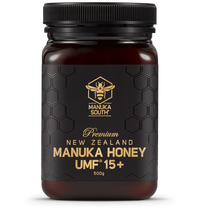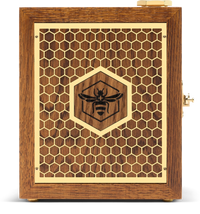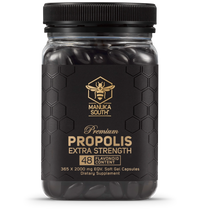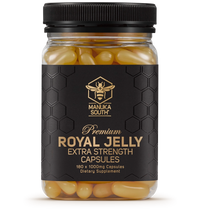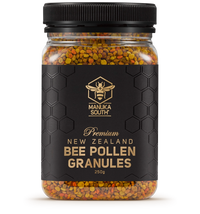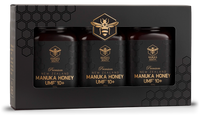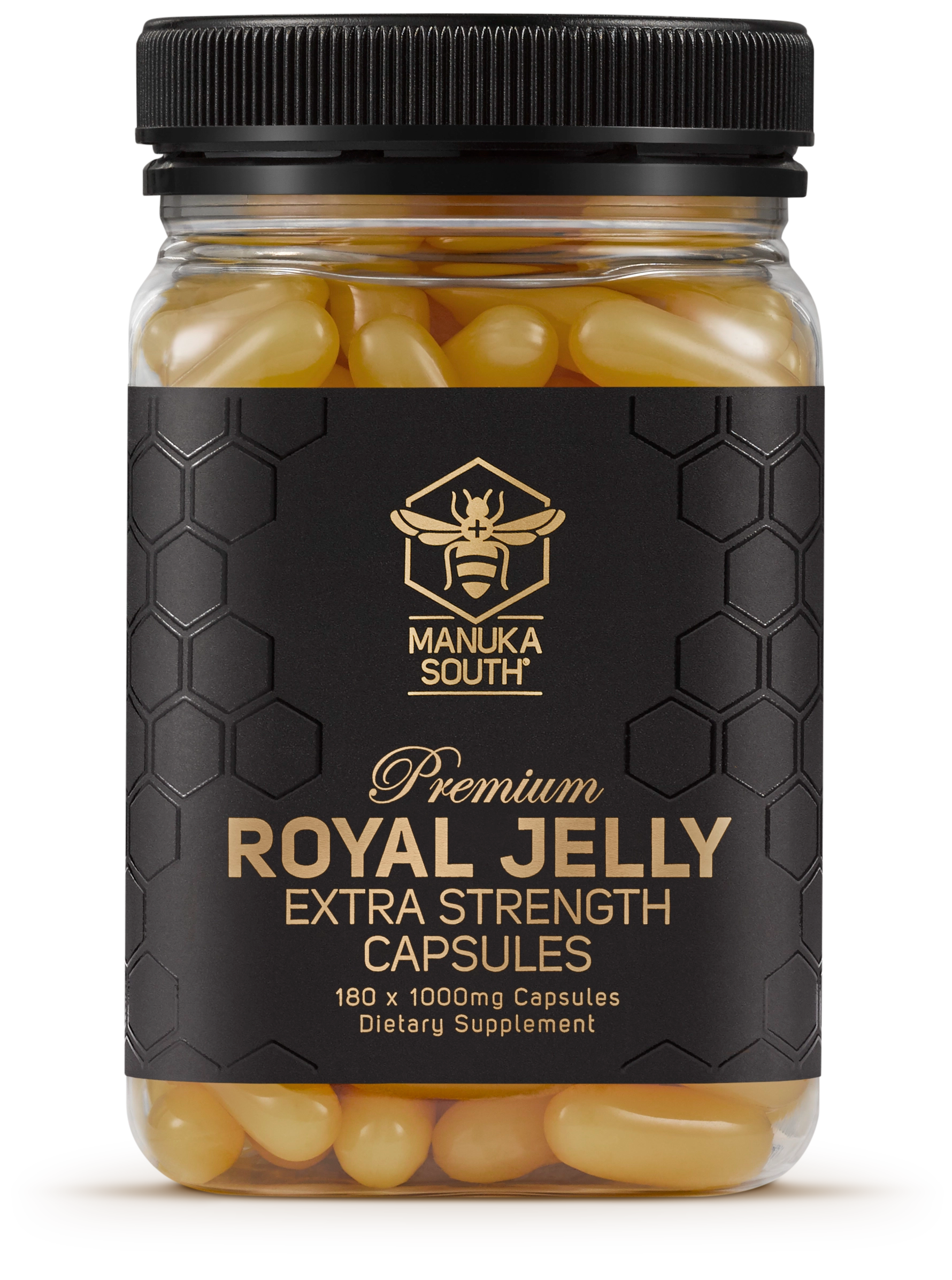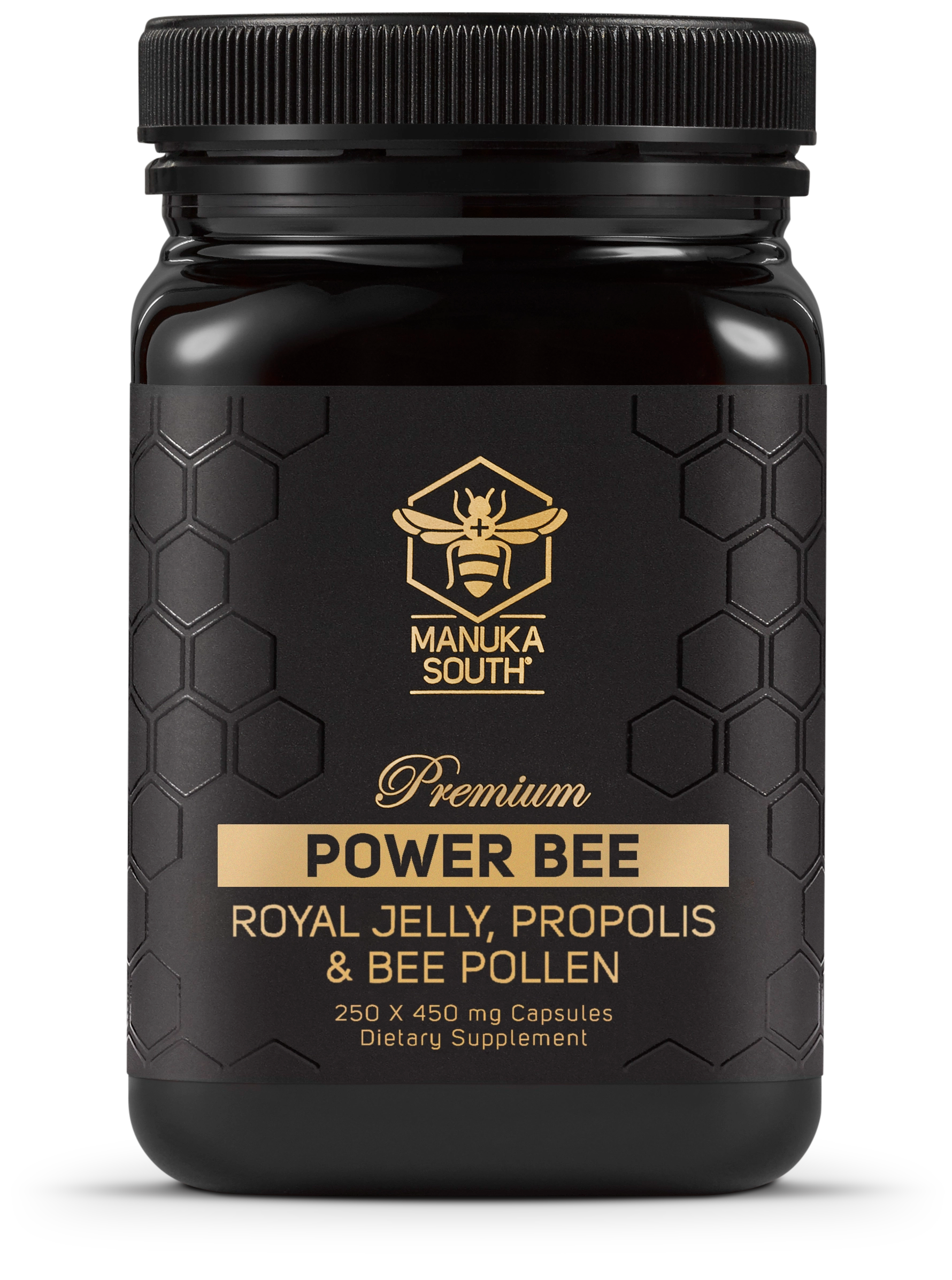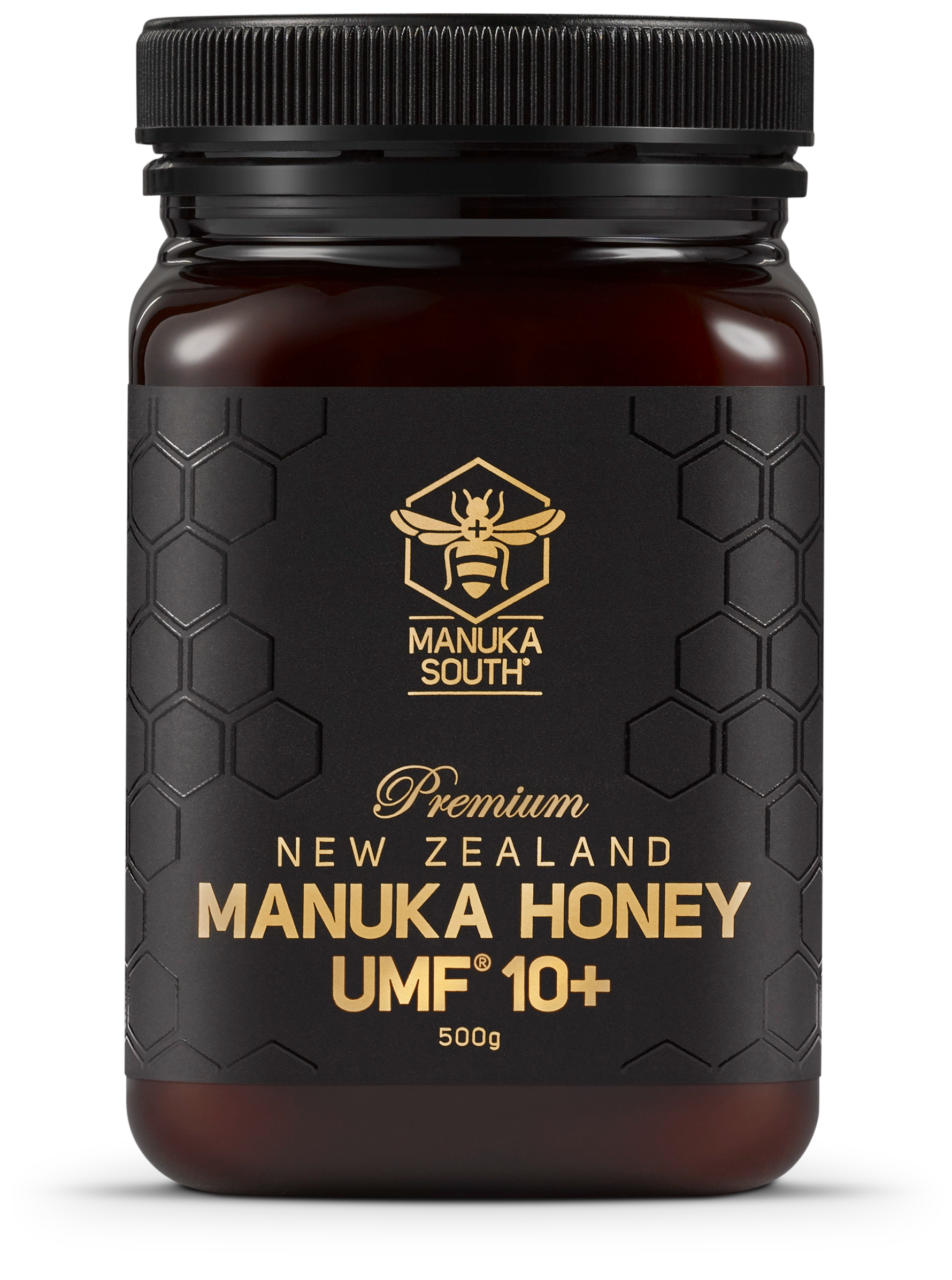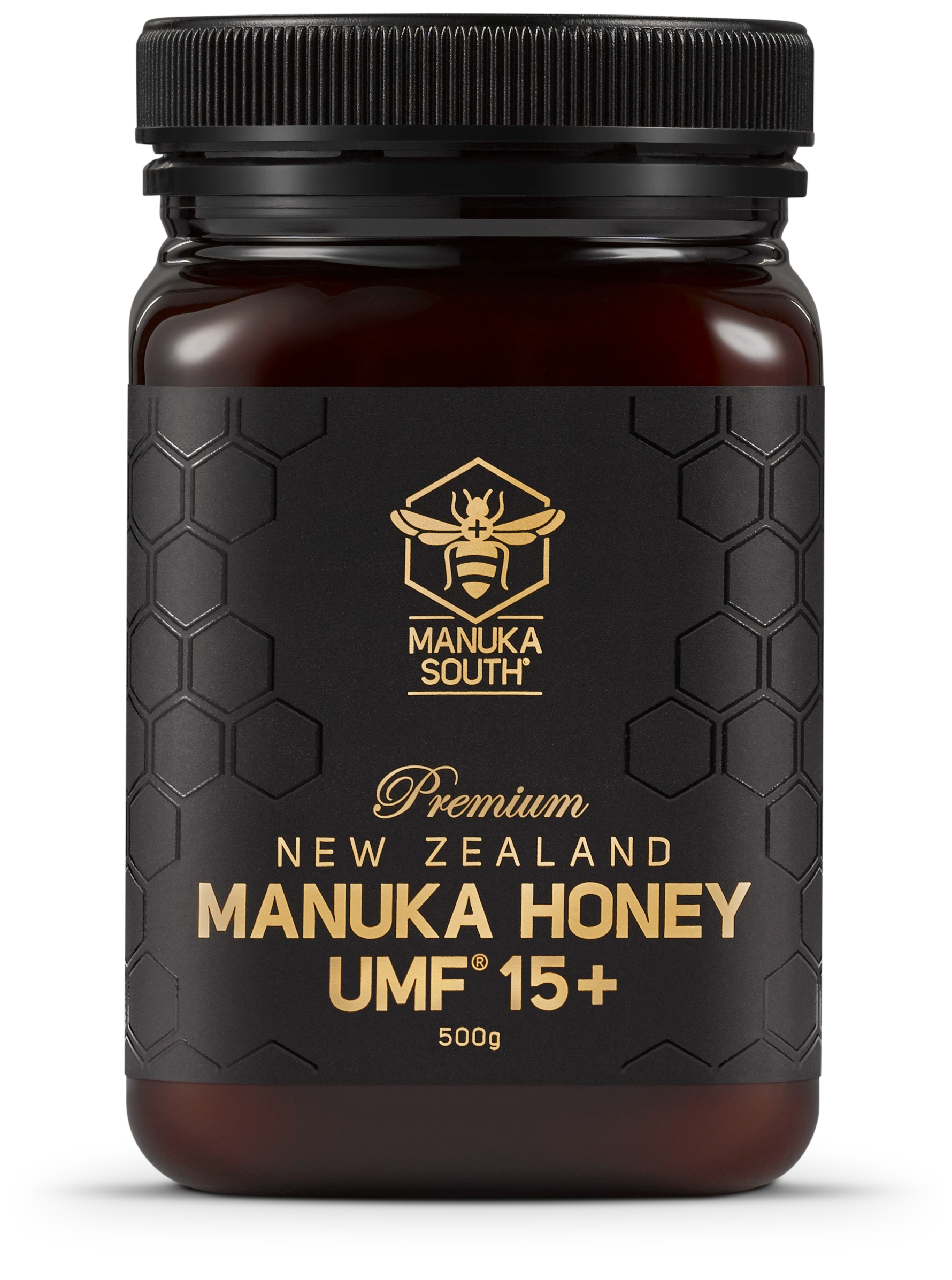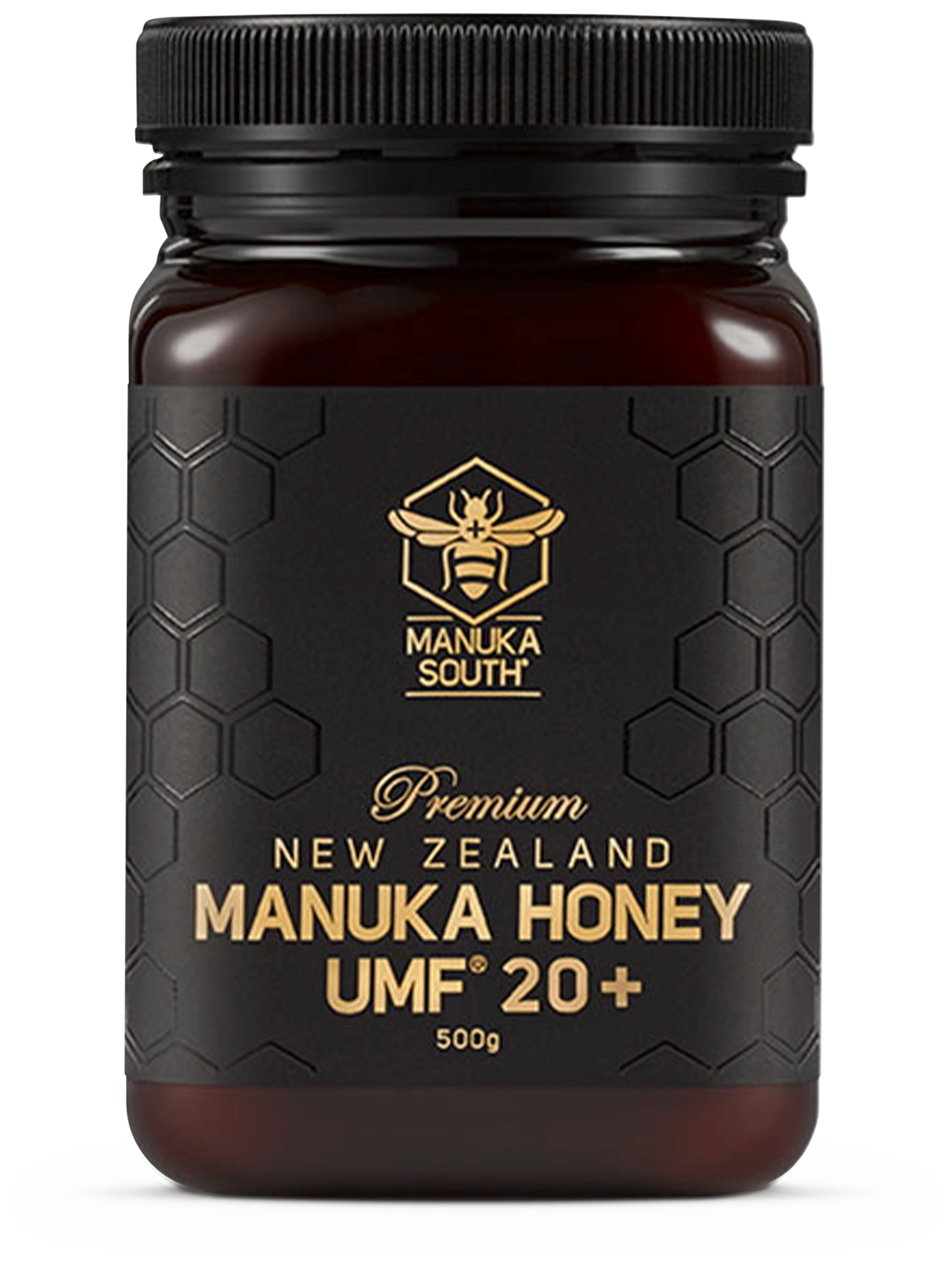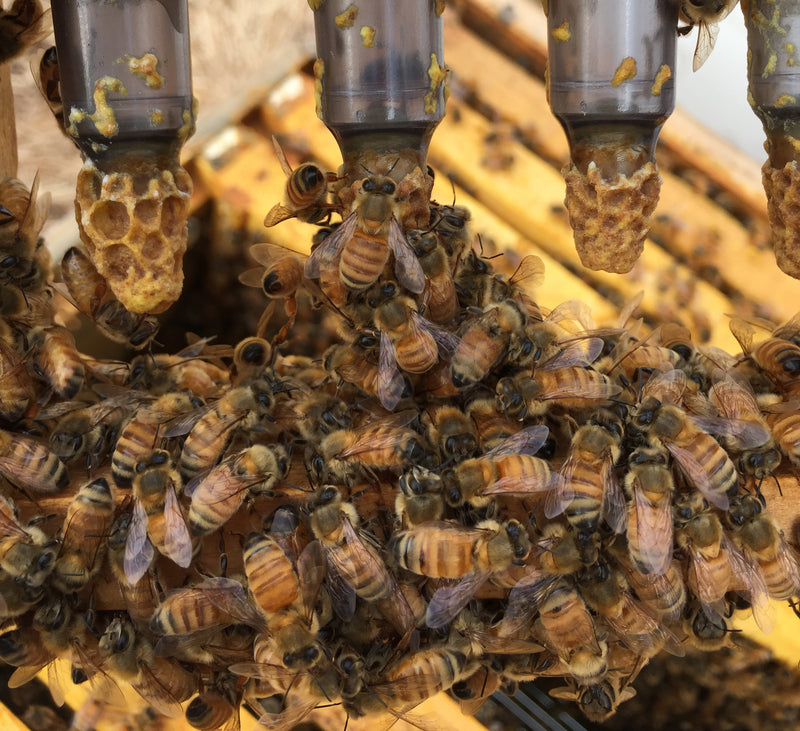

If you've ever delved into the world of natural health supplements, you've likely come across the term "Royal Jelly." This remarkable substance, secreted by nurse bees, is a powerhouse of nutrients and health benefits. Rich in proteins, amino acids, and a spectrum of vitamins, Royal Jelly has been revered for generations as a natural elixir for vitality and well-being. Whether you're curious about its anti-aging properties or its potential to boost your immune system, you're in the right place to discover why Royal Jelly is more than just bee food—
It's a treasure trove of wellness.


What is Royal Jelly?
Royal Jelly is a thick, creamy, milky-white substance that holds a special place in the hive. Produced by nurse bees aged between 5 and 15 days, this unique secretion comes from their hypo pharyngeal glands located on either side of their heads. But what makes it truly fascinating is its complexity. It's not just bee food; it's a meticulously crafted blend of nutrients synthesized during the digestion of bee pollen.
This incredible substance serves multiple roles within the hive, most notably as the exclusive diet for the Queen Bee. It's rich in proteins, amino acids, and a spectrum of vitamins, including B-vitamins like pantothenic acid, which is often referred to as the "longevity vitamin." Royal Jelly also contains unique fatty acids and bioactive compounds not found in other foods. These components contribute to its wide range of health benefits, from boosting the immune system to promoting skin health and even showing promise in neurological disorders.
Royal Jelly is a natural marvel, a superfood that has been revered for generations for its ability to enhance vitality and well-being. Whether consumed directly or used in various health products, it stands as a testament to the intricate and awe-inspiring ways of nature. Its chemical composition is a harmonious blend that reads like the ingredient list of a top-tier health supplement. Moisture makes up about 66.5% of its content, creating its unique, creamy texture. Proteins account for 12.3%, serving as the building blocks for numerous health benefits. Lipids at 5.5% contribute to its nourishing qualities.
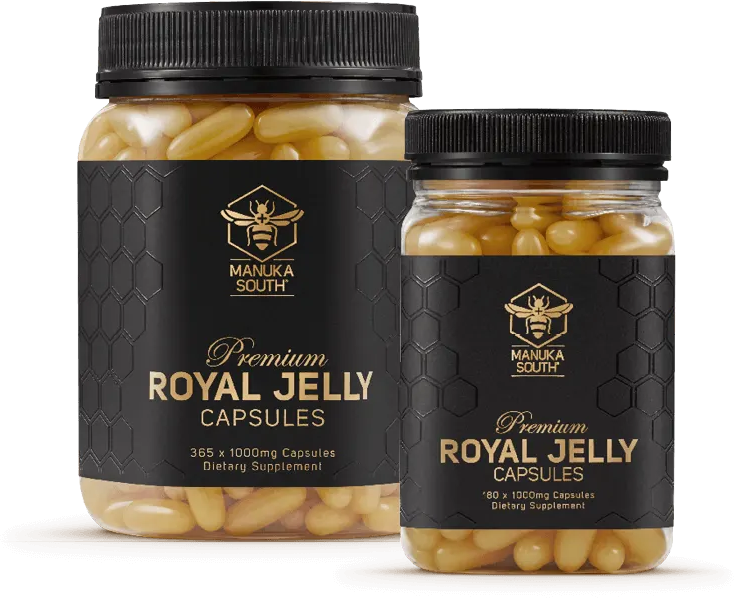
Health Benefits: More Than Just a Supplement
When it comes to health benefits, Royal Jelly is a true overachiever. Its rich nutrient profile translates into a myriad of ways it can enhance your well-being.
Antioxidant and Anti-Inflammatory Effects
Royal Jelly is not just a nutrient powerhouse; it's also a potent antioxidant and anti-inflammatory agent. Studies have shown that specific amino acids, fatty acids, and phenolic compounds in royal jelly have strong antioxidant effects. Additionally, test-tube studies have demonstrated reduced levels of pro-inflammatory chemicals when immune cells were treated with royal jelly. While human studies are still needed, the existing research is promising for those looking to combat oxidative stress and inflammation.
Heart Health and Cholesterol
Royal Jelly may have a positive impact on heart health by affecting cholesterol levels. Some studies have shown that specific proteins in royal jelly can help lower cholesterol. While more research is needed, the current findings are encouraging for those concerned about heart health.
Wound Healing and Skin Repair
Royal Jelly has been found to support wound healing and treat other inflammatory skin conditions. It possesses antibacterial effects that can keep wounds clean and free from infection. One study even showed an increase in collagen production, a vital structural protein for skin repair, in subjects given royal jelly extract. While more research is needed, royal jelly shows promise in enhancing tissue repair.
Blood Pressure Regulation
Specific proteins in Royal Jelly have been found to relax smooth muscle cells in veins and arteries, potentially lowering blood pressure. Although more research is needed to confirm these effects, early studies indicate that royal jelly could be beneficial for heart and circulatory health.
Antibacterial and Antiviral Properties
Royal Jelly has demonstrated efficacy against a range of bacteria and viruses. It has shown antibacterial properties that may make it a valuable ingredient in developing future antibacterial remedies. Additionally, it has been effective against viruses, including the herpes simplex virus, suggesting potential as an alternative treatment to antiviral medication.
Diabetes Management
Royal Jelly has shown promise in improving glycemic status, lipid profiles, and oxidative stress, making it a potential treatment for diabetes mellitus. However, more comprehensive studies are needed to confirm these benefits.
Royal Jelly vs Mānuka Honey: A Nutritional Face-Off
When it comes to natural health supplements, Royal Jelly and Mānuka Honey are often mentioned in the same breath. But how do they stack up against each other?
| Royal Jelly | Mānuka Honey | |
|---|---|---|
| Protein Content | High (12.3%) | Low (~0.2%) |
| Amino Acids | All essential amino acids | Limited amino acids |
| Vitamins | Rich in B-vitamins, Vitamins A, C, E | Primarily B-vitamins |
| Antioxidants | Present but not as prominent | High in antioxidants like flavonoids |
| Unique Components | Acetyl choline, pantothenic acid | Methylglyoxal (MGO) |
| Mineral Content | Calcium, zinc, iron | Potassium, magnesium |
| Fatty Acids | 10-Hydroxy-2-decenoic acid (10-HDA) | None prominent |
| Antibacterial Properties | Decanoic acid | Methylglyoxal (MGO), hydrogen peroxide |
While both are nutrient-dense, Royal Jelly takes the lead with its broader range of vitamins and amino acids. Mānuka Honey, on the other hand, is rich in antioxidants and has unique antibacterial properties thanks to its Methylglyoxal (MGO) content.
Mānuka Honey is renowned for its wound-healing abilities and is often used to treat minor burns and skin infections. Royal Jelly, as we've discussed, is more of an all-rounder, offering benefits from skin health to immune system support.
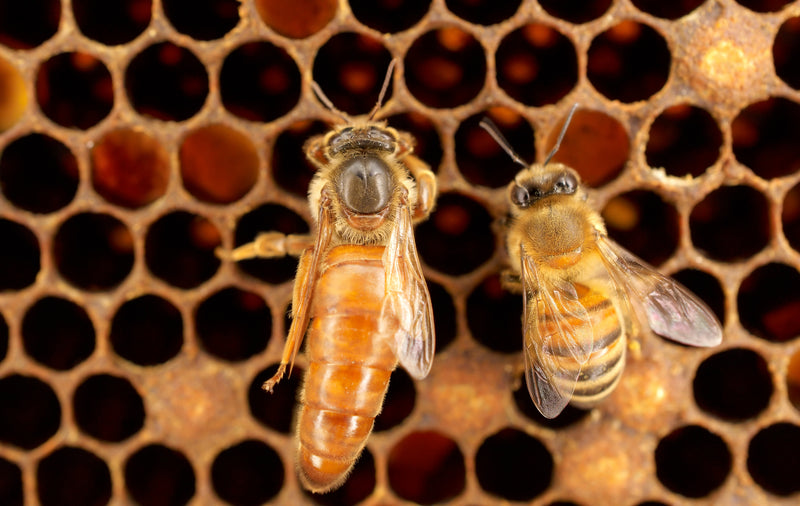

Use in the Hive: The Queen Maker
Royal Jelly isn't just a health supplement for humans; it's a crucial element in the life cycle of a bee colony. Its role in the hive is nothing short of transformative, especially for the Queen Bee.
The First Three Days
In the first three days of their lives, all bee larvae are fed Royal Jelly. This initial period is crucial for the larvae's development, providing them with essential nutrients for rapid growth. After the first three days, only the larvae designated to become the queen continue to receive Royal Jelly, while worker bee larvae switch to a diet of honey and pollen. This initial universal feeding with Royal Jelly underscores its importance in bee development and hive dynamics.
Transformation of Larvae to Queen
When a new queen is needed, worker bees select several young larvae and feed them copious amounts of Royal Jelly. This triggers a remarkable transformation. Unlike worker bees, who only receive Royal Jelly for the first three days of their lives, these chosen larvae are bathed in it. The abundance of Royal Jelly activates specific genes, leading to the development of reproductive organs, something worker bees lack.
Exclusive Diet for the Queen Bee
Royal Jelly serves as the exclusive diet for the queen bee throughout her life. The queen bee grows up to twice the size of a worker bee and lives up to 40 times longer, all thanks to this nutrient-dense diet. The high protein content, essential amino acids, and a plethora of vitamins in Royal Jelly provide the queen bee with the stamina and fertility she needs to lay up to 2,000 eggs per day.
Role in Hive Communication
Royal Jelly also plays a subtle yet crucial role in hive communication. The queen bee excretes a pheromone that worker bees can detect, a scent that is directly influenced by her Royal Jelly diet. This pheromone serves multiple purposes, including suppressing the worker bees' urge to create another queen and signalling the overall health of the queen.
Precautions and Side Effects: Know Before You Go
While Royal Jelly is a natural wonder, it's essential to approach its use with a degree of caution, especially if you have specific health conditions.
| Allergies and Asthma | Drug Interactions | Pregnancy and Breastfeeding |
|---|---|---|
| If you're allergic to bee stings or suffer from asthma, you might want to exercise caution. There have been a few cases where Royal Jelly has caused adverse reactions when taken internally by asthmatics. | While not extensively studied, it's always a good idea to consult your healthcare provider if you're taking medication, as Royal Jelly could potentially interact with certain drugs. | The safety of Royal Jelly during pregnancy and breastfeeding has not been conclusively established. If you're pregnant or nursing, it's best to consult a healthcare professional before incorporating Royal Jelly into your routine. |
When considering Royal Jelly as a supplement, it's always wise to start with a small dose to test for any allergic reactions. Additionally, if you're undergoing any medical treatments or taking prescribed medications, it's crucial to consult your healthcare provider before incorporating Royal Jelly into your routine. This ensures that you can enjoy the benefits of this natural wonder while minimizing any potential risks.
By now, you've journeyed through the fascinating world of Royal Jelly—a substance that's as complex as it is beneficial. From its intricate chemical composition to its wide-ranging health benefits, Royal Jelly truly stands out as a natural supplement worth exploring.
Whether you're interested in boosting your immune system, seeking anti-aging solutions, or simply curious about this bee-derived elixir, we hope this guide has offered you valuable insights. Remember, while Royal Jelly is generally safe, it's always best to consult a healthcare professional for personalized advice. Here's to your journey towards better health and well-being with the help of nature's own multivitamin!


